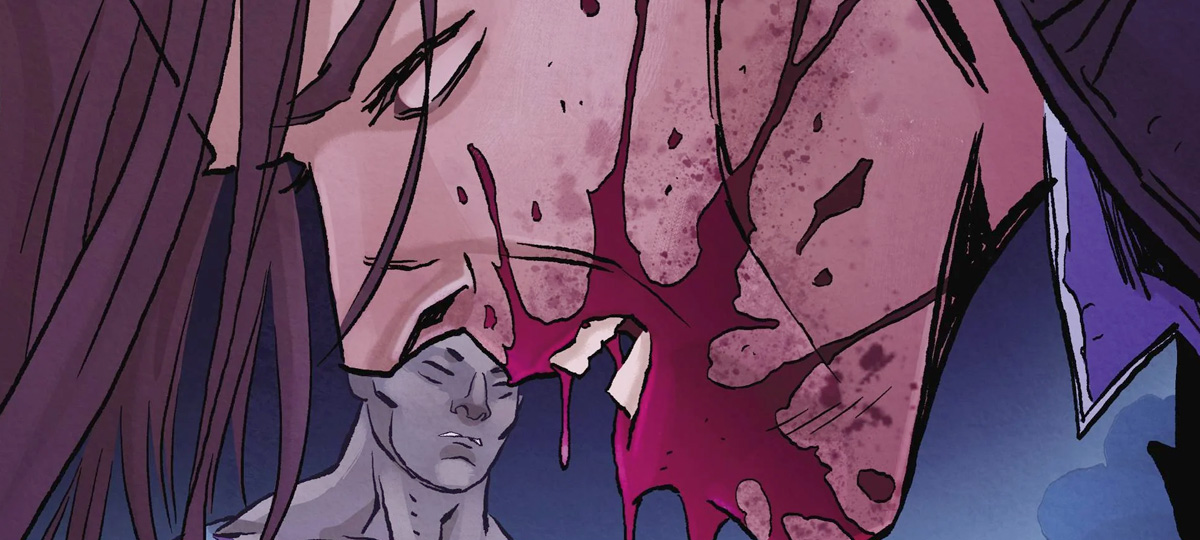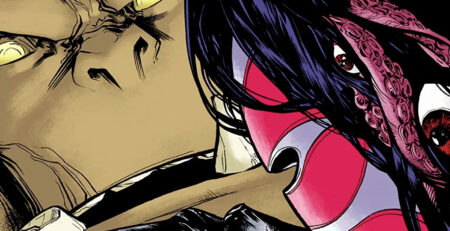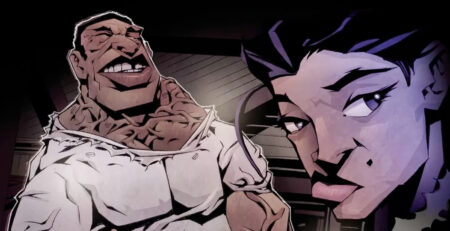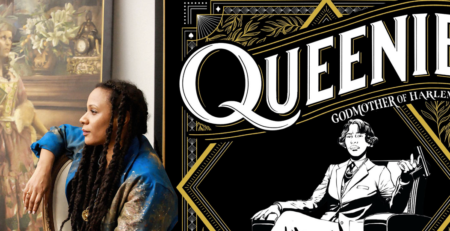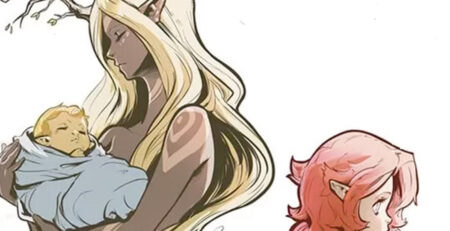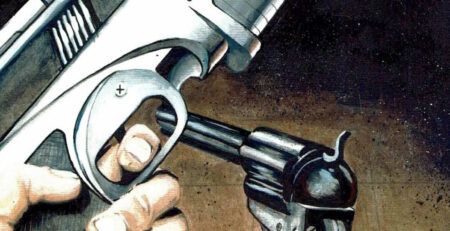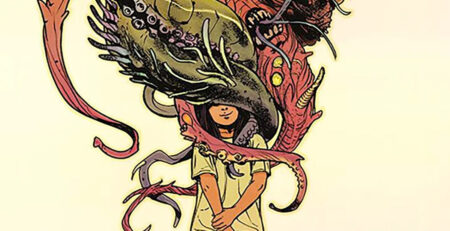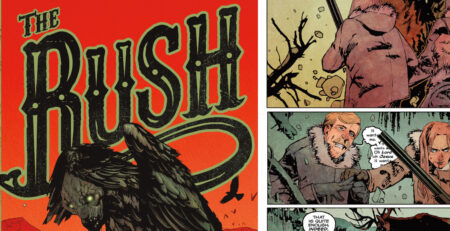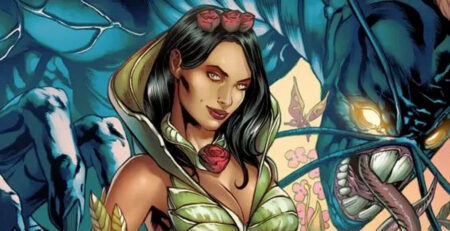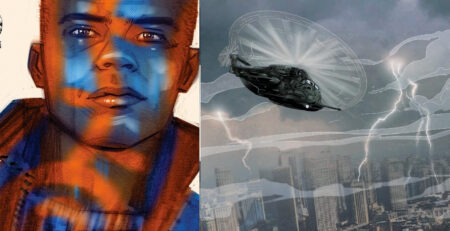DANCING WITH THE DRAGON #2
“Dancing with the Dragon” is a comic book series written by Dini Thompson and illustrated by Mark Riordan. The story revolves around a young teenager named Mei who discovers a hidden realm inhabited by mythical creatures, including dragons. Mei befriends a dragon named Drago, and together they embark on a thrilling adventure filled with danger, friendship, and self-discovery.
Throughout the series, Mei learns how to communicate with dragons and becomes skilled in the art of dragon dancing, a form of traditional Chinese dance where performers mimic the movements of dragons. This dance is not only visually stunning but also holds a significant cultural meaning.
As Mei and Drago navigate through various challenges, they encounter an evil sorcerer who seeks to harness the power of dragons for his own gain. Mei must harness her newfound dragon dancing abilities and unite with other mythical creatures to stop the sorcerer and save both the human world and the dragon realm.
“Dancing with the Dragon” comic series combines elements of fantasy, adventure, and Chinese mythology, making it a unique and captivating read for comic book enthusiasts of all ages. The story sheds light on themes such as bravery, resilience, and the importance of preserving cultural heritage. Connor is a flawed protagonist, driven more by his heart than his intellect. MacKinnon’s excellent character work portrays Connor as someone with good intentions but lacking a moral compass. He often makes misguided choices in pursuit of his own interests, leaving you torn between rooting for him and shaking your head at the reckless risks he takes. While the story revolves around hard-boiled gangster crime, it is Connor’s complex character that truly carries the narrative.
In addition to the strong characterization, MacKinnon’s plot covers a lot of ground in this issue. The comic features more scenes than the average 22-page issue, and for the most part, it works. However, the frequent jumps back and forth in the timeline can sometimes muddle the flow of the story. There were instances where I had to pause and flip back a few pages to clarify the chronological order of events. Simplifying the timelines to just one or two would have improved the overall flow.
The artwork by Casalanguida complements the material perfectly, employing engaging camera angles in every panel. The use of close-ups and over-the-shoulder shots effectively captures the mood of each scene, amplifying the drama to its fullest extent.
The issue begins by introducing Marcus, an agent in the FBI’s financial crimes division. He learns from a fellow agent that Fat Sam, the money launderer whom Connor has been chauffeuring, died of an overdose. Marcus understands the significance of Fat Sam’s role in various money laundering operations and anticipates that someone will soon step in to fill the void.
Fast forward nine days, and we see Connor being picked up by his clients’ henchmen. Through a brutal interrogation, we discover that Connor took over Fat Sam’s business but made the mistake of skimming money from his clients, or so we’re led to believe. Flashing back a few weeks, we witness how Connor and Blythe acquired Fat Sam’s phone and reverse-engineered his business with the intention of taking it over. Fast forward a few weeks, and we witness Connor’s cunning efforts to infiltrate Fat Sam’s client list through careful preparation and persuasive tactics.

